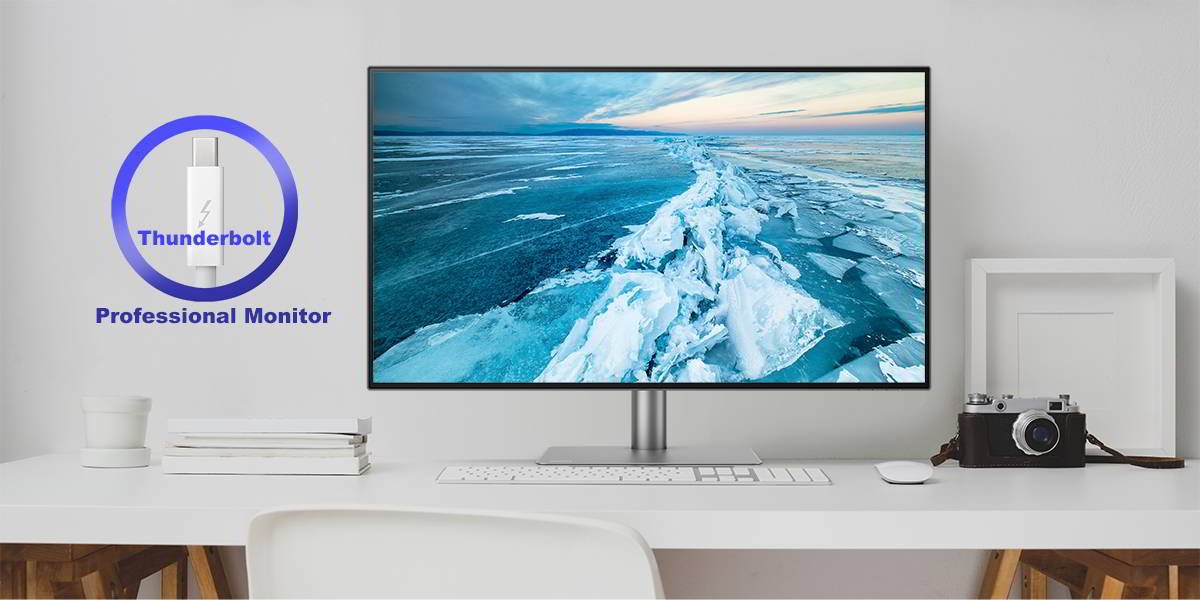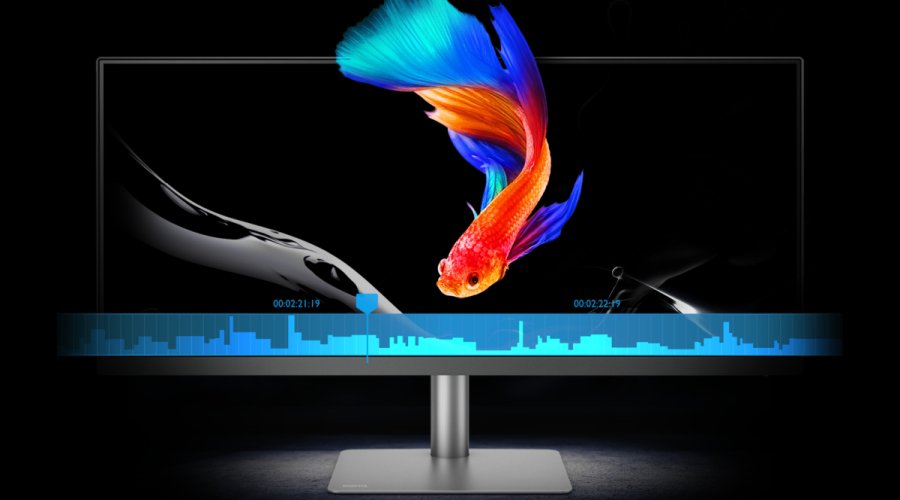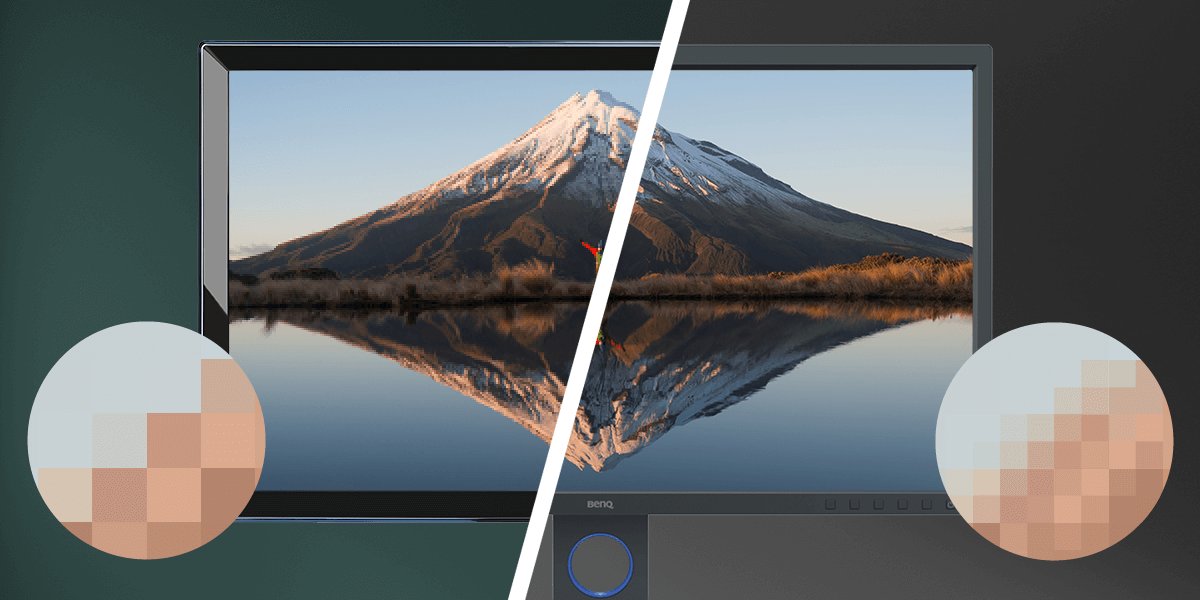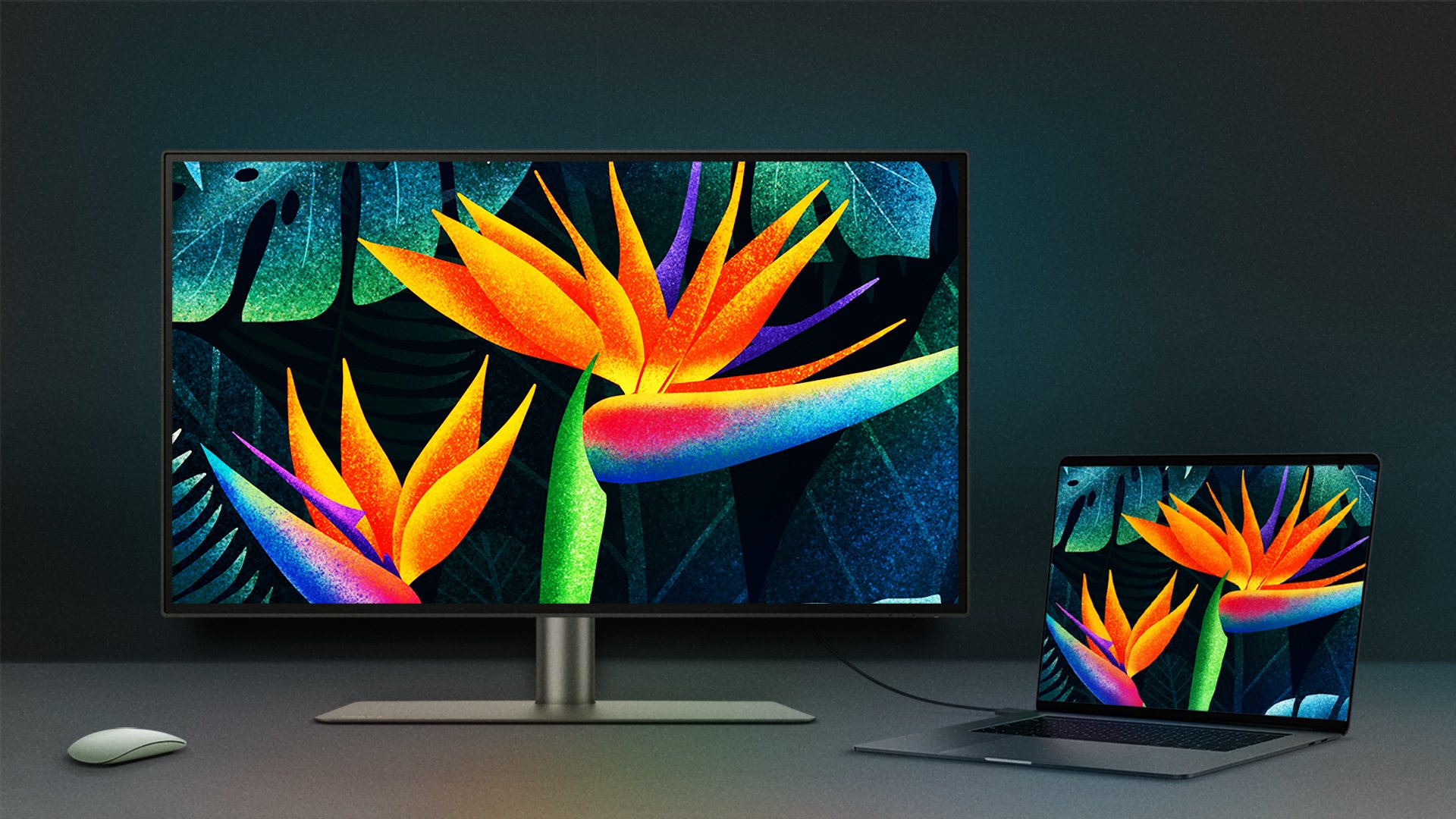Such simplicity and capacity have opened the door to amazing technologies that were not nearly possible a few years ago. Professional users have reaped the benefits of Thunderbolt 3 more than any other market segment. For example, external GPUs (eGPU) can provide additional graphics power to laptops where installing a full GPU card would be impossible by simply channeling the PCI express data from an external GPU enclosure, via Thunderbolt 3 connectivity, to the laptop’s motherboard. The number of applications keeps expanding, such as external SSD’s, professional audio devices, video capture devices, to mention a few.
With professionals in mind BenQ has produced Thunderbolt monitors that fit right into any Thunderbolt workflow. With multiple Thunderbolt 3 ports on our monitors, you can connect it in at any point of the daisy chain and still maintain high-speed connectivity downstream. Such monitors allow you to have dual 4K monitors at 60 Hz in chain, and external storage from a single Thunderbolt 3 port while maintaining full performance, for example.
These setups are particularly useful for people that need the flexibility of working from a laptop but require a powerful workstation in their studio to perform 4K video editing, 3D graphics rendering, and other heavy-duty tasks. When you arrive at your desk, an eGPU, dual monitors, and even external storage can be easily connected to a laptop, whilst also providing power via Power Delivery with just a single cable.








